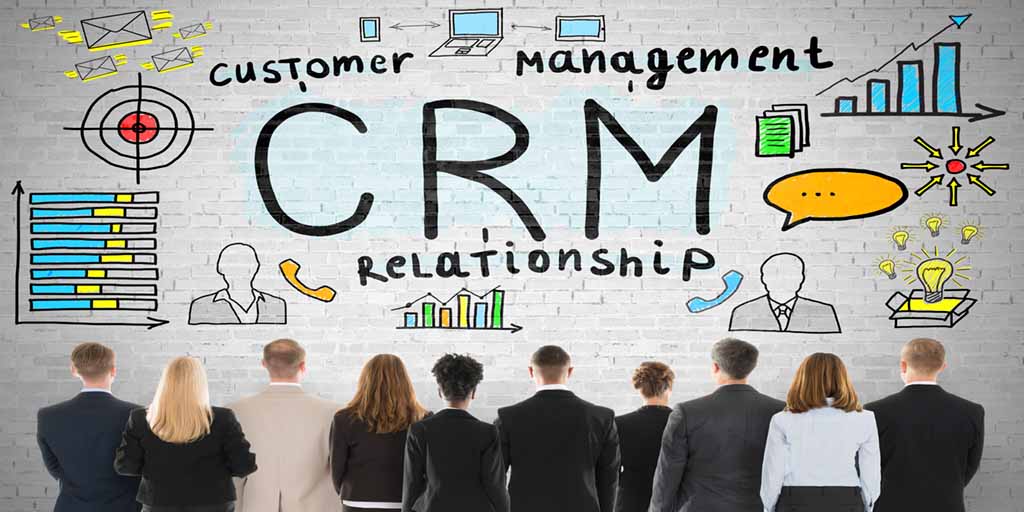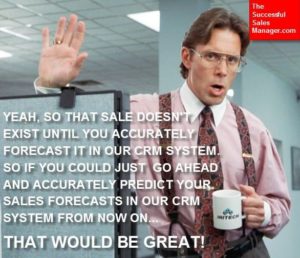

CRM is a slow, careful build, but the payoff for banks and credit unions is out there.
For the last 16 years, Cornerstone Advisors has worked with banks and credit unions to help them select and implement systems. So, guess what we did over the last eight months? We selected and implemented a customer relationship management system. Yes, we had to execute on all of those ideas and processes we write, speak and consult about.

I imagine the litany of thoughts entering readers’ cynical minds: “Chicken comes home to roost,” “Poetic justice,” “What’s good for the goose,” etc. The reason I suspect you of thinking these thoughts is that at various points in the project, I had them too. For all the helping and observing I do, there is nothing like being on the hook for getting a system up and running to make me really appreciate how difficult it is to do right.
Our perspective is this: Financial institutions that have not installed a CRM system, will. The capabilities of new systems, or newest versions, are excellent in terms of helping banks and credit unions manage their information and relationships. The views and reporting really do make delivery easier. Some institutions will use the sales pieces more, some will use the relationship management components more, but everyone will use something.
So, with scars healing and humble pie consumed, here are some thoughts for bankers to keep in mind as they go through the process of looking at CRM systems.
The takeaways? First, there will be a debate about what input gets centralized for accuracy and what gets decentralized for speed and convenience. We’re leaning toward initial input centralized, maintenance decentralized, but the entire industry is 50/50 on this question. Second, somebody needs to be charged with ongoing data standardization and maintenance, and banks need to budget for it.
It’s very powerful if done right. It’s also hard to do right. If I enter a new contact and fat-finger the company name, the two don’t link correctly, so when I look up the company, it’s 50/50 that I’ll see that employee. When I initially started using CRM, I kept asking why there were so damn many pick lists I had to use as opposed to just typing. Now I know. Every time I use the pick list, the database table links are set correctly. I don’t think everybody who uses these systems gets this strongly enough.
Just because team members have been given CRM as an alternative to email or some other system, it doesn’t mean they will jump right in and use it instead. Why not? It’s likely not any faster, and, most people presented with two equally good options will keep using the one they’re accustomed to until they have a good reason to change. In the long run, the reason will be all the other things they can see when they use CRM.
This is a carrot versus stick challenge for the team selling CRM internally. Mandate use of CRM all you want, but what gets buy-in is a system that’s equally easy to use and has an upside in terms of the information people can see about a client or contact (slow build – see #1).
To summarize, we had to put in a CRM system. You will have to put one in if you haven’t already. Our attitude is this:
CRM is a slow, careful build. Habits are hard to break or change. But the payoff is out there.
-TR

Great article, Terence. Welcome to the jungle…… 🙂
Wade, we are learning our jungle survival skills!